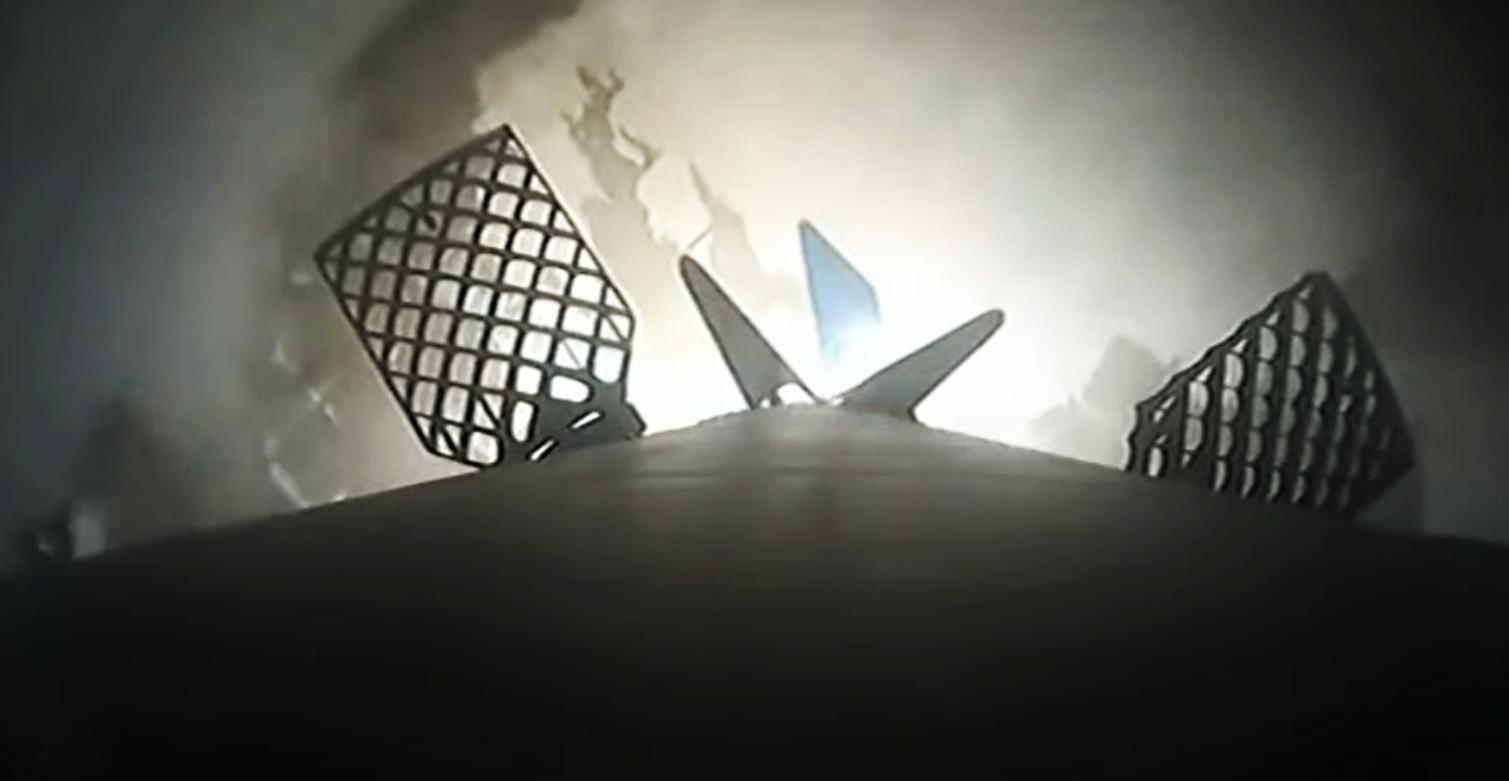
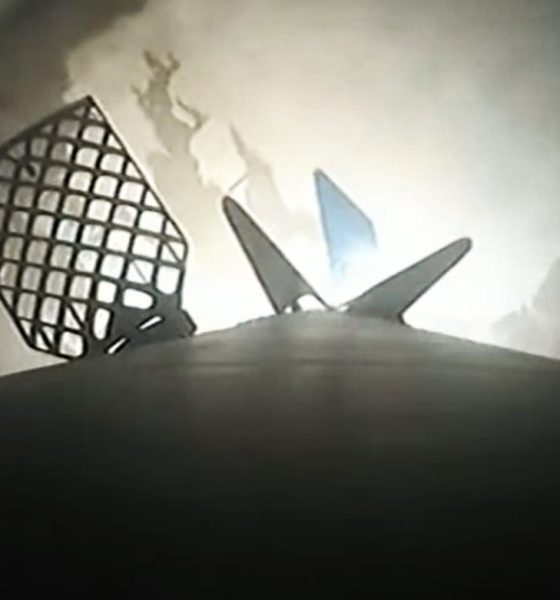
News
SpaceX nails 50th rocket booster landing ahead of Crew Dragon takeover
On its fifth launch of 2020, SpaceX has nailed its 50th Falcon rocket booster landing and sent Cargo Dragon (Dragon 1) en route to the International Space Station (ISS) on its final mission, paving the way for Crew Dragon’s imminent takeover.
At 11:50 pm EST (4:50 UTC), a flight-proven Falcon 9 booster and twice-flown Cargo Dragon spacecraft lifted off from SpaceX’s LC-40 Cape Canaveral Air Force Station (CCAFS) launch pad, sending the Dragon 1 spacecraft on its third and final orbital launch. Things went as planned and the booster nailed its second landing, coming to a rest at Landing Zone-1 (LZ-1), while Falcon 9’s second stage successfully placed Dragon in orbit and deployed the vehicle. Now safely in orbit with both solar arrays deployed, Cargo Dragon will use built-in maneuvering thrusters to tweak its orbit, ultimately rendezvousing with space station no earlier than the morning (EDT) of March 9th.
Hopefully wrapping up a decade of success, the CRS-20 mission will be SpaceX’s last under NASA’s Commercial Resupply Services (CRS) Phase 1 contract, marking Cargo Dragon’s 20th successful space station rendezvous and 19th operational resupply mission. Over those 19 CRS missions, SpaceX – once CRS-20 has safely berthed – will have delivered nearly 45 metric tons (100,000 lb) of cargo to the space station and returned another 31 metric tons (>70,000 lb) to Earth, remaining the only operational spacecraft capable of doing so. While Dragon 1 will cease operations after capsule C112’s planned reentry and splashdown sometime next month, the vast wealth of expertise SpaceX has derived has already been funneled directly into Crew Dragon (Dragon 2), its successor.

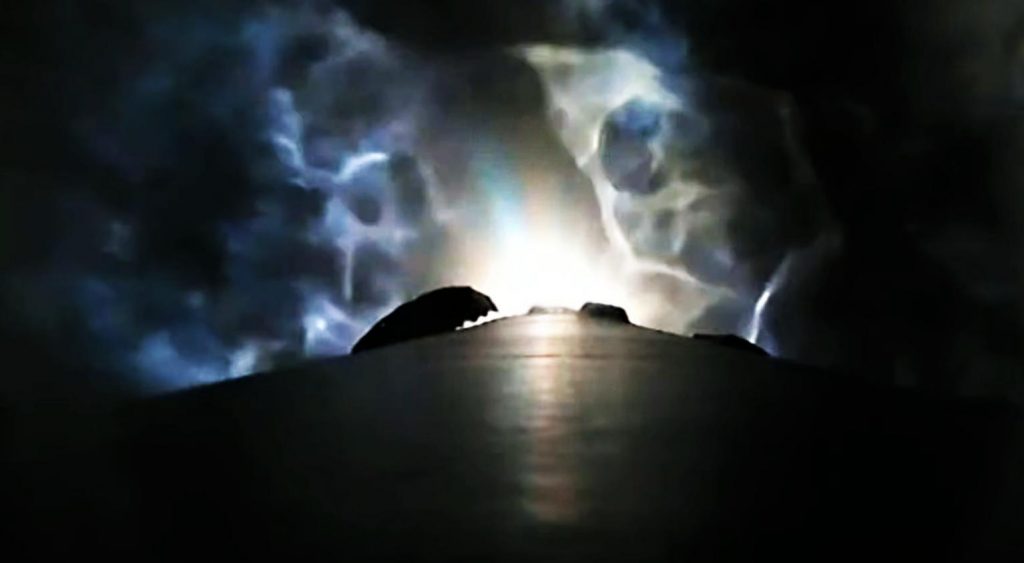
Carrying about 2050 kg (4500 lb) of cargo, Cargo Dragon capsule C112 and its expendable trunk section will spend about a month in orbit after berthing with the space station this Monday. The mission may be the last time in history a SpaceX spacecraft berths with the International Space Station, a process that the Dragon 2 spacecraft will soon replace outright once it takes over. Instead of berthing, which refers to the process of astronauts manually ‘grappling’ a visiting vehicle with the space station’s massive robotic arm, SpaceX’s next-generation spacecraft relies on docking, meaning that it does all the work itself.
Docking is thus somewhat riskier and more technically challenging, but it also requires far less input from the station’s crew and can be done almost entirely autonomously, further simplifying the rendezvous process. Once it gets to that point, SpaceX’s massive Starship spacecraft will likely rely on the same docking technology if or when it comes time for it to mate with the ISS – the vehicle is simply too big for anything else.
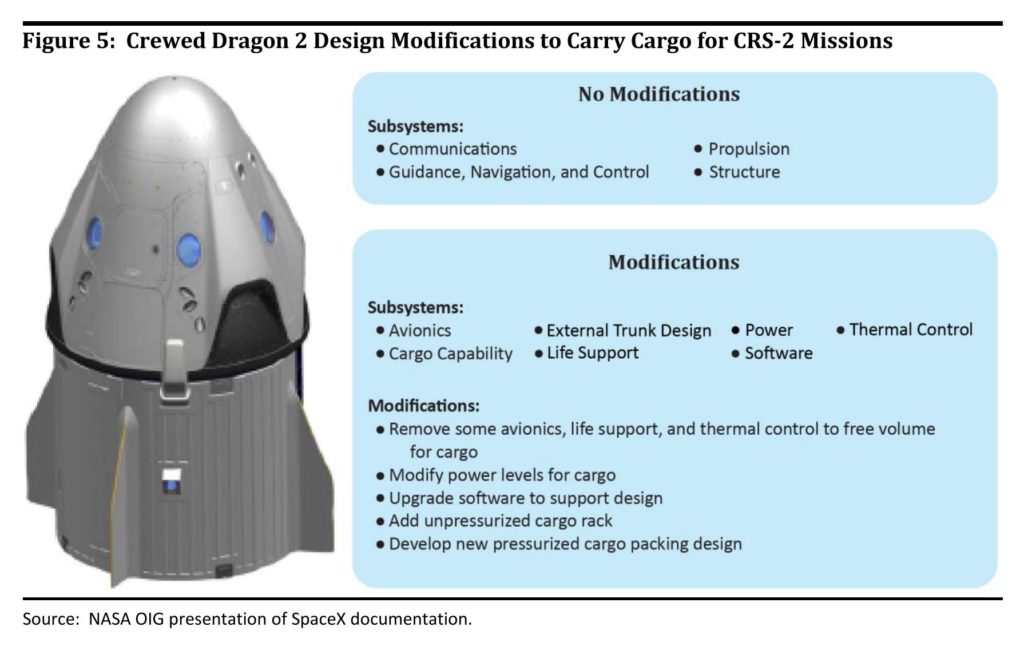
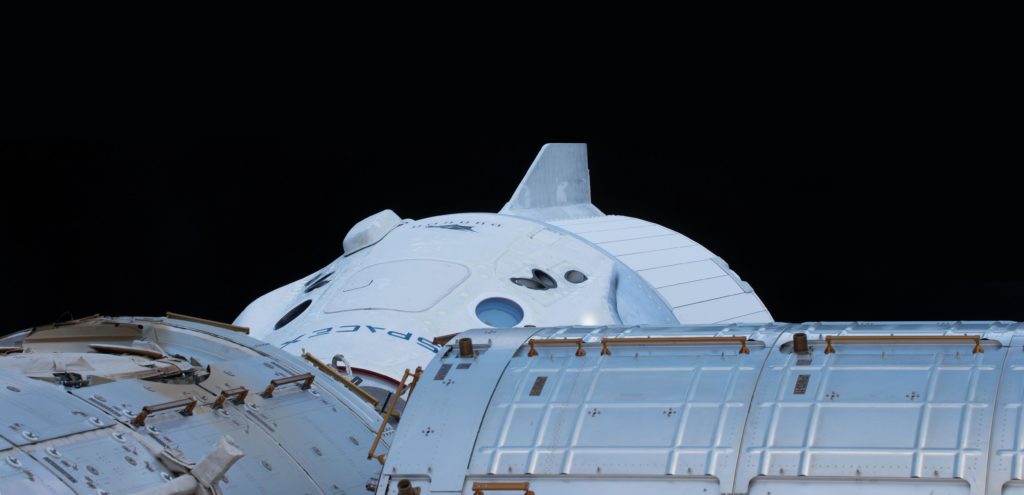
A slightly tweaked version of Crew Dragon, SpaceX’s future Cargo Dragon 2 spacecraft will replace its human passengers with the same supplies Cargo Dragon currently ferries to and from the ISS. According to Vice President of Build and Build Reliability Hans Koenigsmann, SpaceX has already begun building its first Cargo Dragon 2 spacecraft back at its Hawthorne, California headquarters. That vehicle’s launch debut is scheduled no earlier than (NET) “fall” 2020 and will support CRS-21, SpaceX’s first NASA resupply mission under its CRS Phase 2 contract.
Cargo Dragon 2’s “launch debut” should thankfully be quite the non-event. Crew Dragon – nearly identical – will have hopefully flown at least two (and perhaps three) orbital missions to the space station by then, dramatically reducing risk. The spacecraft will also use Falcon 9, currently classed as one of the world’s most reliable launch vehicles. CRS-20 marked the rocket’s 54th consecutively successful launch, as well as SpaceX’s 50th successful booster landing since December 2015.
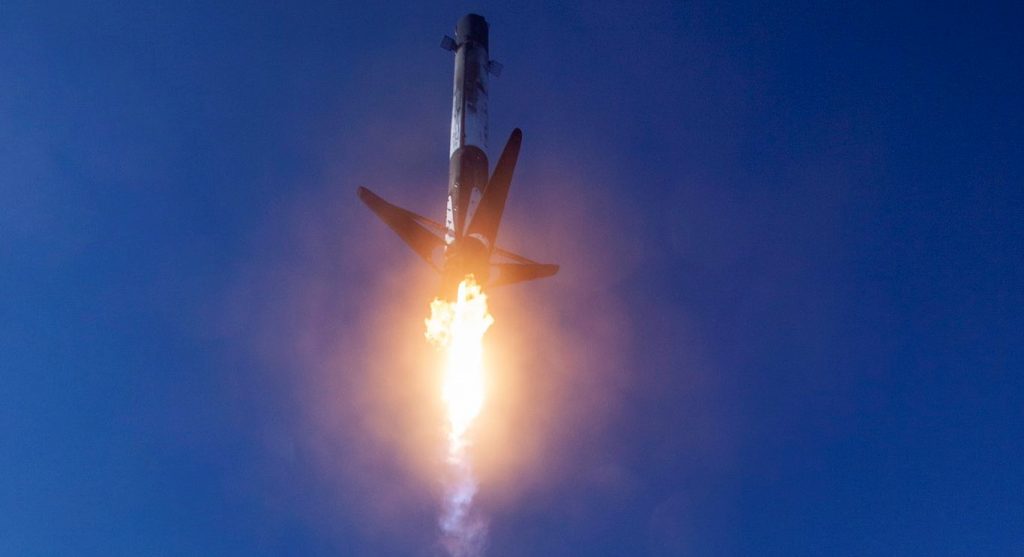
For now, though, Cargo Dragon C112 still needs to make its way uphill to rendezvous with the ISS for the final time. Stay tuned for updates on the spacecraft’s last orbital mission.
Check out Teslarati’s Marketplace! We offer Tesla accessories, including for the Tesla Cybertruck and Tesla Model 3.

News
Tesla FSD fleet is nearing 7 billion total miles, including 2.5 billion city miles
As can be seen on Tesla’s official FSD webpage, vehicles equipped with the system have now navigated over 6.99 billion miles.

Tesla’s Full Self-Driving (Supervised) fleet is closing in on almost 7 billion total miles driven, as per data posted by the company on its official FSD webpage.
These figures hint at the massive scale of data fueling Tesla’s rapid FSD improvements, which have been quite notable as of late.
FSD mileage milestones
As can be seen on Tesla’s official FSD webpage, vehicles equipped with the system have now navigated over 6.99 billion miles. Tesla owner and avid FSD tester Whole Mars Catalog also shared a screenshot indicating that from the nearly 7 billion miles traveled by the FSD fleet, more than 2.5 billion miles were driven inside cities.
City miles are particularly valuable for complex urban scenarios like unprotected turns, pedestrian interactions, and traffic lights. This is also the difference-maker for FSD, as only complex solutions, such as Waymo’s self-driving taxis, operate similarly on inner-city streets. And even then, incidents such as the San Francisco blackouts have proven challenging for sensor-rich vehicles like Waymos.
Tesla’s data edge
Tesla has a number of advantages in the autonomous vehicle sector, one of which is the size of its fleet and the number of vehicles training FSD on real-world roads. Tesla’s nearly 7 billion FSD miles then allow the company to roll out updates that make its vehicles behave like they are being driven by experienced drivers, even if they are operating on their own.
So notable are Tesla’s improvements to FSD that NVIDIA Director of Robotics Jim Fan, after experiencing FSD v14, noted that the system is the first AI that passes what he described as a “Physical Turing Test.”
“Despite knowing exactly how robot learning works, I still find it magical watching the steering wheel turn by itself. First it feels surreal, next it becomes routine. Then, like the smartphone, taking it away actively hurts. This is how humanity gets rewired and glued to god-like technologies,” Fan wrote in a post on X.
News
Tesla starts showing how FSD will change lives in Europe
Local officials tested the system on narrow country roads and were impressed by FSD’s smooth, human-like driving, with some calling the service a game-changer for everyday life in areas that are far from urban centers.

Tesla has launched Europe’s first public shuttle service using Full Self-Driving (Supervised) in the rural Eifelkreis Bitburg-Prüm region of Germany, demonstrating how the technology can restore independence and mobility for people who struggle with limited transport options.
Local officials tested the system on narrow country roads and were impressed by FSD’s smooth, human-like driving, with some calling the service a game-changer for everyday life in areas that are far from urban centers.
Officials see real impact on rural residents
Arzfeld Mayor Johannes Kuhl and District Administrator Andreas Kruppert personally tested the Tesla shuttle service. This allowed them to see just how well FSD navigated winding lanes and rural roads confidently. Kruppert said, “Autonomous driving sounds like science fiction to many, but we simply see here that it works totally well in rural regions too.” Kuhl, for his part, also noted that FSD “feels like a very experienced driver.”
The pilot complements the area’s “Citizen Bus” program, which provides on-demand rides for elderly residents who can no longer drive themselves. Tesla Europe shared a video of a demonstration of the service, highlighting how FSD gives people their freedom back, even in places where public transport is not as prevalent.
What the Ministry for Economic Affairs and Transport says
Rhineland-Palatinate’s Minister Daniela Schmitt supported the project, praising the collaboration that made this “first of its kind in Europe” possible. As per the ministry, the rural rollout for the service shows FSD’s potential beyond major cities, and it delivers tangible benefits like grocery runs, doctor visits, and social connections for isolated residents.
“Reliable and flexible mobility is especially vital in rural areas. With the launch of a shuttle service using self-driving vehicles (FSD supervised) by Tesla in the Eifelkreis Bitburg-Prüm, an innovative pilot project is now getting underway that complements local community bus services. It is the first project of its kind in Europe.
“The result is a real gain for rural mobility: greater accessibility, more flexibility and tangible benefits for everyday life. A strong signal for innovation, cooperation and future-oriented mobility beyond urban centers,” the ministry wrote in a LinkedIn post.
News
Tesla China quietly posts Robotaxi-related job listing
Tesla China is currently seeking a Low Voltage Electrical Engineer to work on circuit board design for the company’s autonomous vehicles.

Tesla has posted a new job listing in Shanghai explicitly tied to its Robotaxi program, fueling speculation that the company is preparing to launch its dedicated autonomous ride-hailing service in China.
As noted in the listing, Tesla China is currently seeking a Low Voltage Electrical Engineer to work on circuit board design for the company’s autonomous vehicles.
Robotaxi-specific role
The listing, which was shared on social media platform X by industry watcher @tslaming, suggested that Tesla China is looking to fill the role urgently. The job listing itself specifically mentions that the person hired for the role will be working on the Low Voltage Hardware team, which would design the circuit boards that would serve as the nervous system of the Robotaxi.
Key tasks for the role, as indicated in the job listing, include collaboration with PCB layout, firmware, mechanical, program management, and validation teams, among other responsibilities. The role is based in Shanghai.
China Robotaxi launch
China represents a massive potential market for robotaxis, with its dense urban centers and supportive policies in select cities. Tesla has limited permission to roll out FSD in the country, though despite this, its vehicles have been hailed as among the best in the market when it comes to autonomous features. So far, at least, it appears that China supports Tesla’s FSD and Robotaxi rollout.
This was hinted at in November, when Tesla brought the Cybercab to the 8th China International Import Expo (CIIE) in Shanghai, marking the first time that the autonomous two-seater was brought to the Asia-Pacific region. The vehicle, despite not having a release date in China, received a significant amount of interest among the event’s attendees.








